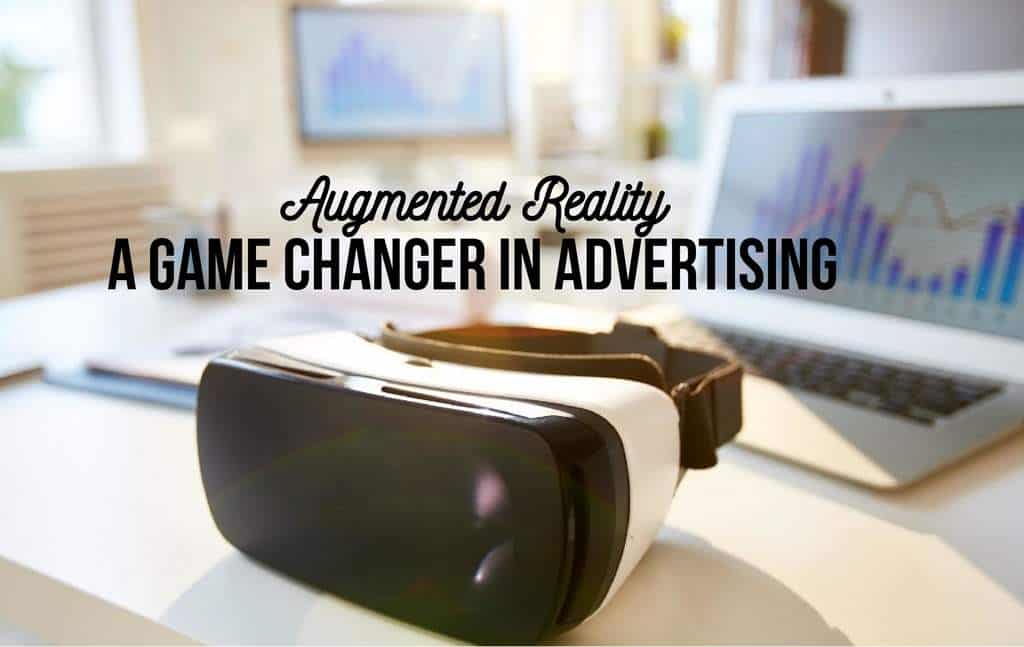Augmented reality is one of the game changing technologies for retail in 2021. Through AR, consumers are able to visualize and customize products in 3D when shopping. Therefore, it is easier for the businesses to engage customers throughout the shopping process. According to statistics, the number of mobile AR users is projected to hit 3.5 Billion users by the end of 2022. In addition, 48% of shoppers are already using or willing to use AR to assess new products and services.
These numbers are encouraging, especially for businesses that are contemplating how they can increase their ability to reach target audiences. Like other technologies, it is important for businesses to consider the future trends of augmented reality OOH advertising. Here is an overview of what to expect when it comes to application of AR in advertising.
AR will bridge the gap between traditional and digital advertising
Consider that traditional advertisers rely on billboards, posters, brochures and subway ads to reach the target audience. However, modern advertising revolves around using the technology to reach the consumers as they use mobile phones or other digital devices. With augmented reality OOH advertising, it is much easier for the advertisers to bridge the gap between traditional advertising and digital advertising.







